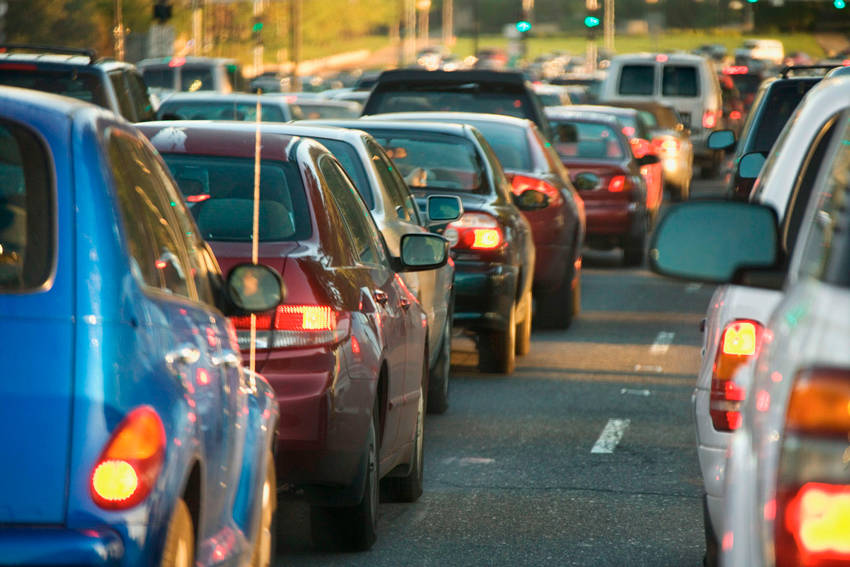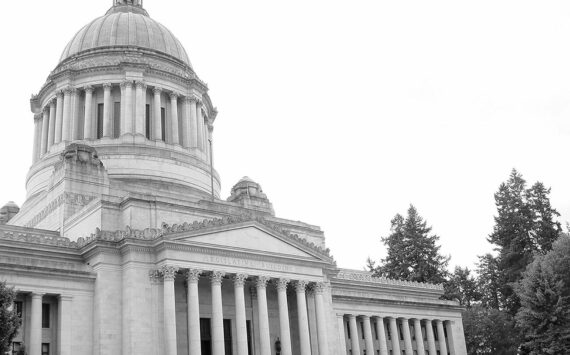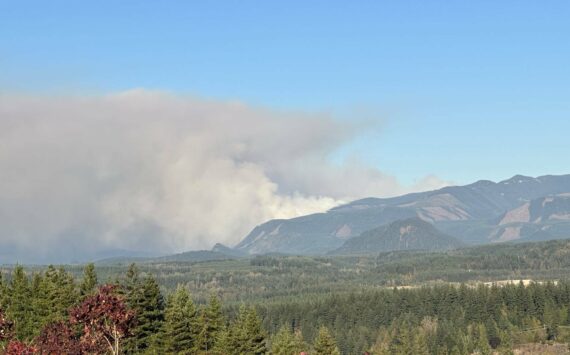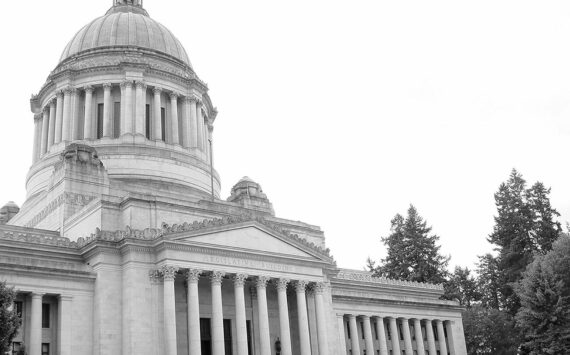By Morf Morford
Tacoma Daily Index
To say that these are unprecedented times is the ultimate understatement.
2020, by all accounts has been a year of oddities and exceptions. What the rest of the 2020s will look like is anyone’s guess.
Like most of us perhaps, I grew up assuming that business, history, civilization and life in general moved along somewhat orderly if not sequentially.
Travel, for example, over time would become safer, more comfortable and faster. But people have always travelled.
Communication technology might become more sophisticated, more complex (and yes, more intrusive) but people have always communicated.
Housing might be more expensive but people will always need it.
For all of human history, the details might change, but the prevailing reality is that, if you take away the multiplicity of superficial features, not much has changed.
We still travel, we still communicate and we still need shelter. What each of those looks like has changed, but the basics, and our need for them, has barely changed over millennia.
And we all expect technology and our lives to get ever more complicated with ever more features and options.
And we expected our devices to be “user friendly”.
Have you noticed how rarely we hear that term lately.
We don’t hear it because we know it isn’t true.
Much of our technology is more sophisticated than we are.
“Smart” technology has become intrusive and ominous.
We used to know what that meant, and we used to want it.
Or at least we did until 2020 came around.
In mid- 2020 travel, worldwide, has essentially stopped. Airlines, hotels resorts and cruises are dwindling into near non-existence on our economic horizons.
Industries and entire nations dependent on travel and tourism are going through economic withdrawal – with no end in sight.
Yes, people still communicate, but have you noticed how differently we communicate from just a few months ago?
Or how different generations communicate?
Will we have a postal service in five years?
Will email exist?
Will any communication format with a physical expression exist in just a few years?
Will the next generation use any communication format that requires the use of complete words?
As a college level writing instructor, I must admit that the extinction of complete sentences and coherent arguments in standard everyday conversation seems irreversible.
When it comes to housing, the prices keep rising.
The demand keeps rising, but true to form, 2020 has changed what we want, what we need and what we can, or are willing to, afford.
The real estate market after 2020 will look very little like the real estate market of the late 20-teens.
2018 and 2019 were super-hot markets for Seattle, both residential and commercial real estate.
Tacoma had a good year in terms of commercial development in 2019 – and an astounding year in residential construction and sales.
2020 will certainly be a pivot point – but in what direction?
First, for a little perspective, here’s a little history.
The typical American family moves every three years. Young people tend to move more often, established families move less.
With more people working, at least in part, from home, office space is not at the premium it once was.
Individuals who move (who can afford it) are looking for larger spaces to incorporate home offices.
Eviction rates are expected to explode over the next few months. Average household size will increase as the newly unemployed move in with friends and family.
Will real estate prices fall as demand drops?
Commutes, if less frequent, might be tolerable even though longer.
If fewer workers commute, fewer parking places might be required in our downtown core areas.
Population in the Puget Sound region is projected to grow – at least for the short term.
Due to COVID-19, will there be an increased, or decreased, birth rate?
As with almost every future projection in 2020, I’ve read evidence for both conclusions.
Are people who are moving, moving to or away from urban cores?
Are people who are moving, moving to or away from suburbs?
Do we even agree what a “suburb” is?
If you travel in Europe or Asia you realize that America is a nation of suburbs, yet we have no agreed-upon definition as to what constitutes one. Some define a suburb as a town on the periphery of a larger city; others say it’s a sprawling neighborhood of single-family homes. Still others use the outdated, but traditional characterization of suburbs as being mostly white, middle class and socially homogenous.
Up until 2020, the population growth was in the cities – the larger the city, the higher the growth rate.
Smaller towns were drying up. Many small towns, in fact, were offering cash or even free homes for any who would move and establish a business there. Will they do that a year from now? Or will people vacate the cities and move to smaller towns with more space and better real estate values?
But in the topsy-turvy world of 2020, Manhattan apartment prices dropped over 50% in the second quarter of 2020 – the biggest drop in over 30 years. Is this a sign of things to come for the urban real estate market?
Prior to 2020, “walkability” was a selling feature for residential real estate, will it be a year from now?
Will walkability be of more – or less – importance as families and businesses look at property?
If working from home becomes more common, the price of gas stays low, and fewer workers commute on a daily basis, what will our cities, freeways and neighborhood streets look like?
Will our urban centers become more human/pedestrian friendly as less space is set aside for cars both in motion and parked?
I don’t know about anyone else, but to me those years before 2020, from about 2010-2019, seem like a lost age, an innocent time when most of us knew that children would go to school, workers would commute and going out to eat or to a grocery store or small talk with neighbors was not a death-defying act.
Few of us used the word “normal” to frame our daily routines and most of us moved freely and not many acts were defined as political that a month earlier had been neutral. Browsing in stores, chatting with strangers or hanging out in favorite coffee shops all seem like luxuries of a bygone era.
Wearing a face mask, which had been seen as a health care issue suddenly became a lightning rod for comments, if not threats, from total strangers.
How we present ourselves in public has always been a flashpoint. We Americans have always considered ourselves independent and original when it comes to clothing.
But as any world traveler knows, Americans are immediately noticeable around the globe because, in fact, the vast majority of us dress the same; the American uniform.
The term ‘normal’ is just code for our regular routine. What ‘normal’ will look like a month or two from now is anyone’s guess, but I think we all know that it won’t look a bit like those lost halcyon days of 2015.
COVID-19 has changed every aspect of our lives in ways that most of us barely recognize. From how we work, how we shop, who we see – or how we see them, nothing will be the same.
The next phase of our lives will be undergirded by what we do now. Our laws, policies and routines will frame our economy and life choices for years to come.
In more ways than one, it is time to get to work.






